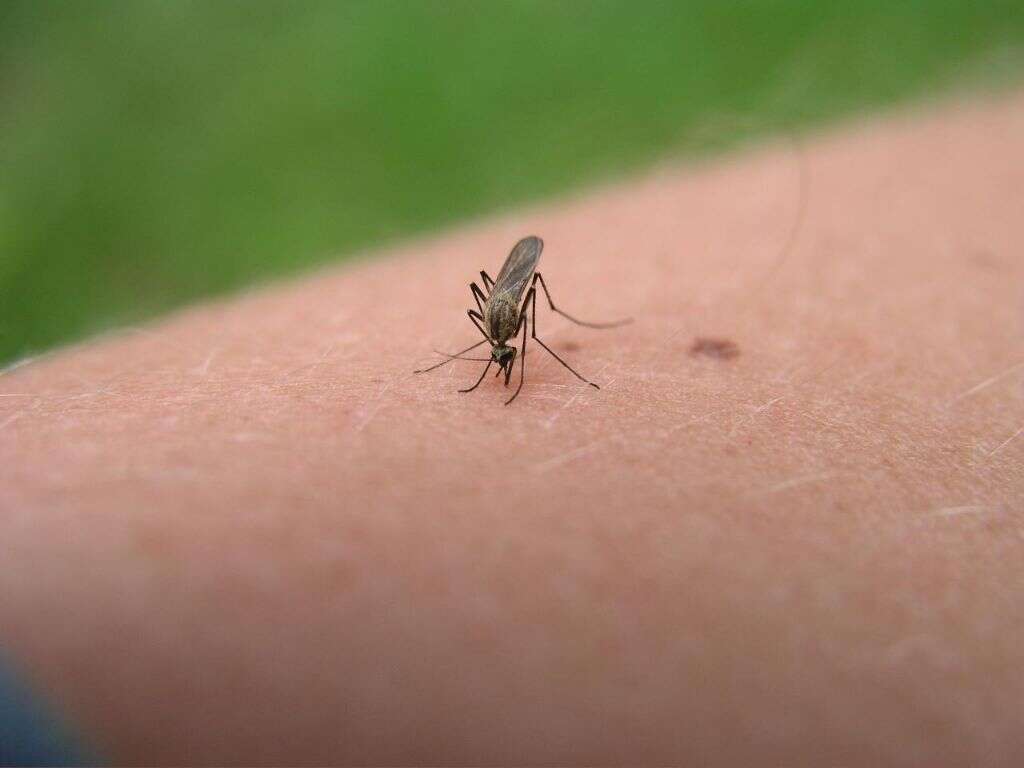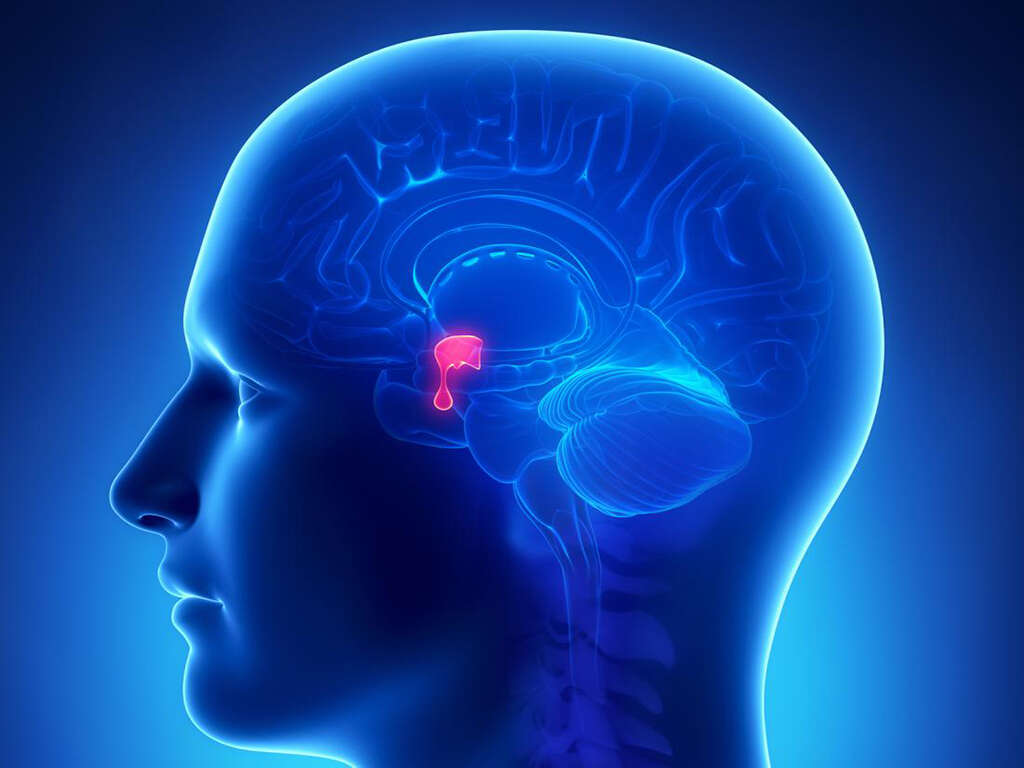What Is Cushing's Disease?
Cortisol is a steroid hormone that supports the healthy functioning of the human body. It is one of the hormones responsible for the “flight or fight” response to dangerous situations, as well as to high levels of stress. Cortisol also helps maintain blood pressure levels; when cortisol levels are too low, it results in low blood pressure.
When the body does not produce sufficient levels of this hormone, the results can be fatal. However, overproduction of cortisol is also a serious concern. Cushing’s disease is a rare condition that occurs when the adrenal glands produce too much cortisol. The disease is not precisely the same thing as Cushing’s syndrome.
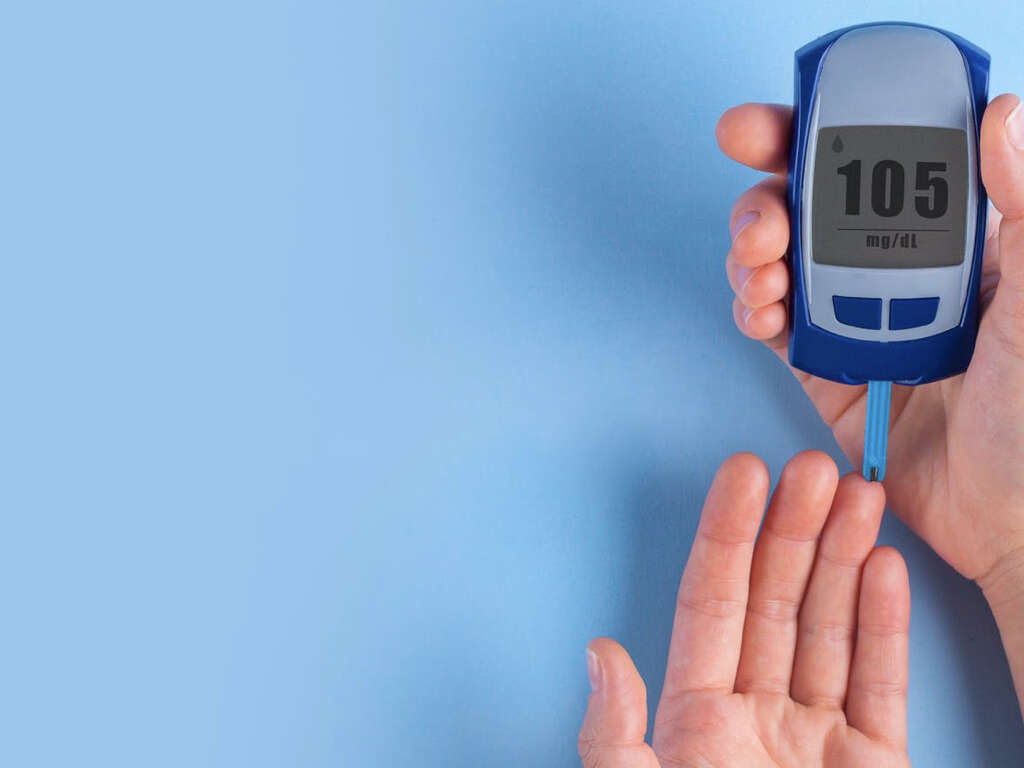
1. Cushing’s Disease vs. Cushing’s Syndrome
Cushing’s syndrome is a broad term indicating high cortisol levels. This can occur through tumors on the pituitary gland, among other issues. Cancerous growths in the adrenal glands and in other parts of the body can secret ACTH, which then stimulates cortisol production.
Certain medications may also lead to an increase in cortisol levels, as can anorexia, depression, alcohol abuse and high levels of estrogen, though these causes are much less common. Cushing’s disease is a rare form of Cushing’s syndrome.

2. Cushing’s Disease Causes
The pituitary glands normally produce the adrenocorticotropic hormone, which then in turn stimulates cortisol production in the adrenal gland. Some people develop a benign pituitary tumor that also secretes ACTH, leading to higher cortisol production and Cushing’s disease.
Occasionally, individuals get more than one tumor or a very large one on their pituitary gland, which further increases ACTH production and consequently leads to even higher amounts of cortisol. With very large tumors, there is also a risk of additional complicating symptoms.

3. Cushing’s Disease Risk Factors
Women are more prone to get the disease than men. Only about 10-15 people out of one million get the condition each year. Of those, however, more than 70% are women. Genetic factors are largely unknown; however, in a few cases, mutations on specific genes seem to cause Cushing’s disease. These mutations are not present at birth but develop over the course of a person’s life.
Inheritance does not seem to play a role, as the disease typically develops in individuals with no family history. There are a few conditions, such as multiple endocrine neoplasia type 1, that have Cushing’s disease as a secondary condition. The primary syndrome can have an inheritance component, but not Cushing’s disease itself.
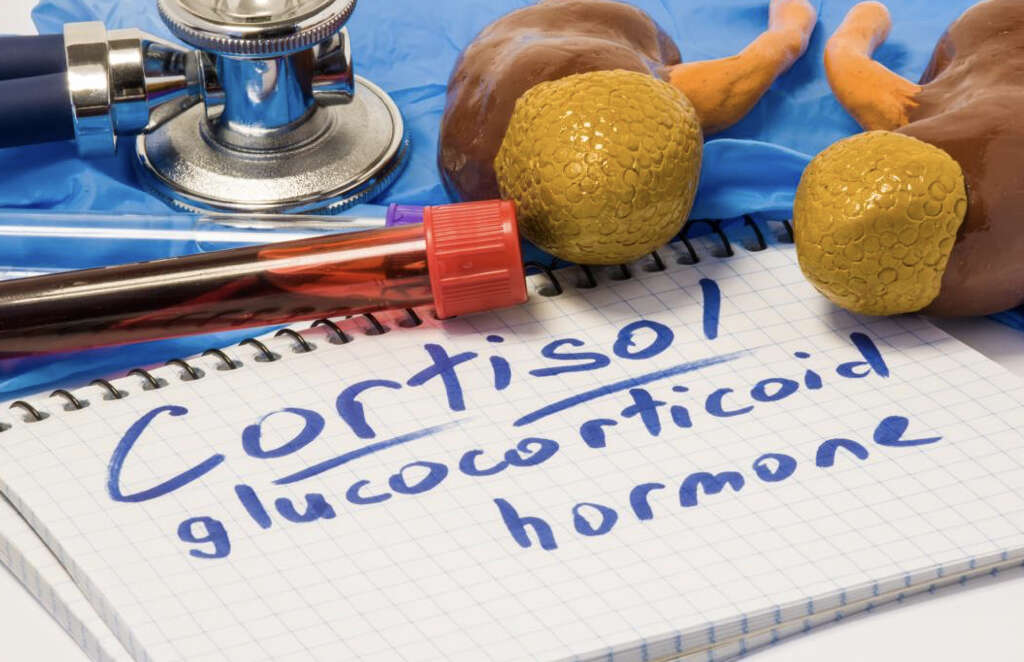
4. Cushing’s Disease Symptoms
Significant weight gain in the upper body is typically the first sign of the disease. There are other changes to physical features that occur, including a round face and hump at the base of the neck, purple stretch marks on the abdomen, excessive bruising on the arms and hands and excessive face and body hair growth in women.
In addition to physically visible symptoms, internal signs are present as well. These include changes to sex drive in men and to menstrual cycles in women, skeletomuscular weakness, high blood pressure and blood sugar, headaches and general fatigue. Some people also experience depression, anxiety and behavioral changes.

5. Cushing’s Disease Symptoms in Patients with Large Tumors
In the rare instance that a person has a large tumor, other complications can occur because the tumor compresses surrounding structures. Loss of peripheral vision happens when the tumor grows up into the brain cavity and presses on the optic nerves where they cross. If the growth instead extends forward and compresses on an optic nerve at that location, blurry vision results.
When the pituitary gland itself is pressed upon, hormone production potentially diminishes for sex hormones or the follicle-stimulating hormone. It might also lead to a loss of menstruation in women due to an increase in prolactin.

6. Cushing’s Disease Complications
The condition’s potential complications are frequently the result of the types of symptoms Cushing’s disease causes. When the skeletal system is compromised, frequent bone fractures occur. An individual may also experience compression fractures in the spine. Weakened muscles lead to some loss of mobility, making particular movements difficult and exercise a challenge.
High blood sugar typically leads to diabetes. When a person gets high blood pressure, it is often difficult to control.
Changes to a woman’s menstrual cycle lead to fertility issues. People with Cushing’s disease are apt to get kidney stones and are vulnerable to infections. Mental health issues are not uncommon, and sometimes they develop into psychiatric conditions that require hospitalization.

7. Cushing’s Disease Diagnosis
Diagnosis is difficult and frequently takes a long time. This is due in part to the fact that early signs are easily missed, as symptoms develop slowly. Furthermore, the changes that occur to hormone levels are not consistent. They may rise temporarily before falling again to normal levels. When Cushing’s disease is suspected, testing is done in stages before a diagnosis is made.
The first test to occur is a hormone test. If the test confirms that cortisol levels are elevated, an MRI is scheduled. The purpose of this test is to identify whether a pituitary tumor is present. If so, then a diagnosis of Cushing’s disease is made. If not but the doctor still suspects the disease, additional tests are ordered.
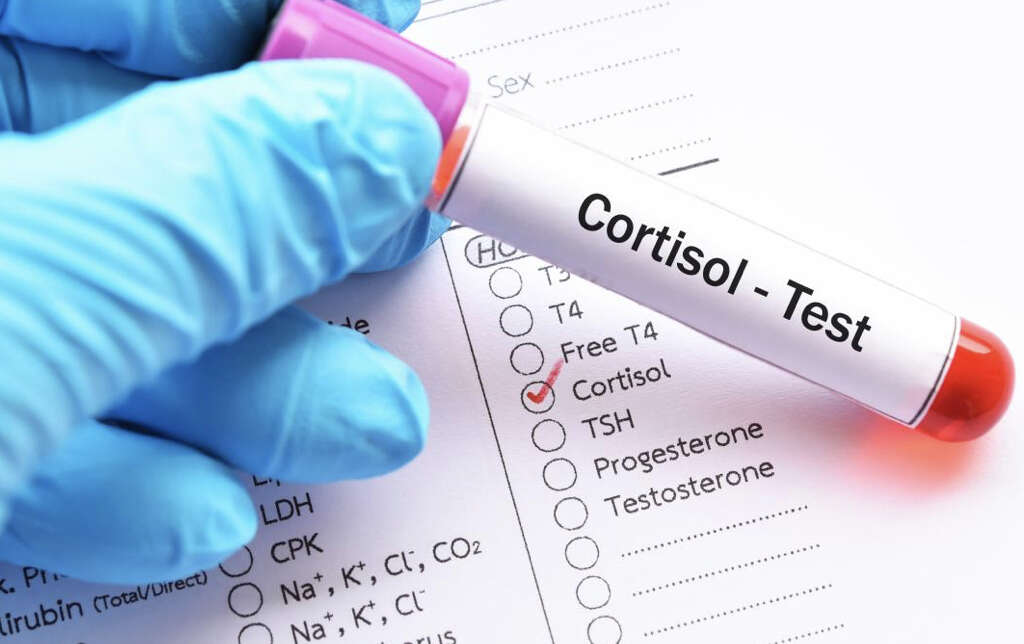
8. Cushing’s Disease Treatment: Surgery
Surgery is the primary form of treatment for Cushing’s disease. When possible, the best option is to remove the tumor from the pituitary gland. This procedure is typically done through a minimally invasive process called the endoscopic endonasal approach, which involves removing the tumor through the nasal passage.
Following surgery, a patient is frequently prescribed medication to replace the body’s cortisol, as removing the tumor can inhibit ACTH secretion. This is often a temporary side effect of surgery. In time, the pituitary gland may return to its normal functioning levels.

9. Cushing’s Disease Treatment: Radiation Therapy
When surgery is not an option or is not successful in removing the entire tumor, radiation therapy is utilized. If the tumor cannot be extracted using surgery, radiation can be effective in inhibiting growth.
Radiation treatment does come with associated risks. The process can damage the pituitary gland. As a result, there is the potential for delayed pituitary failure, typically several years after the treatment. When radiation is necessary, maintaining follow-up care is critical.
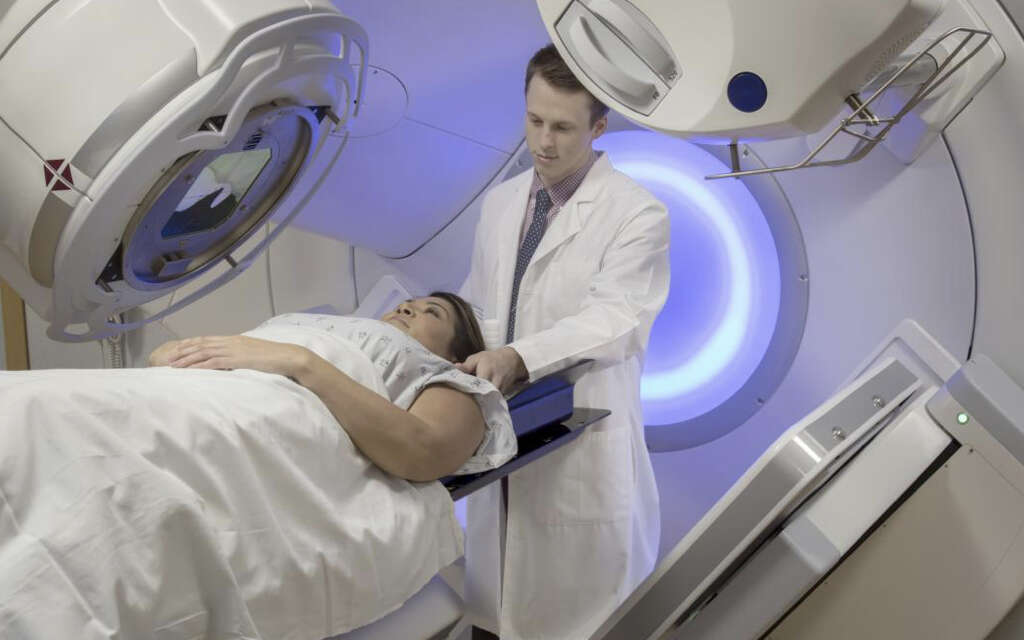
10. Cushing’s Disease Prognosis
Treating Cushing’s disease is imperative. A failure to do so leads to, at the very least, serious illness. It can also result in death. When surgical treatment is successful, full recovery is possible. It is important to note, however, that the tumor can return.
If you experience symptoms of Cushing’s disease, it is important to contact your doctor to begin the process of diagnosis as soon as possible. Likewise, if you’ve had a pituitary tumor removed, you need to be on the lookout for a return of symptoms and contact your physician immediately should they recur.




